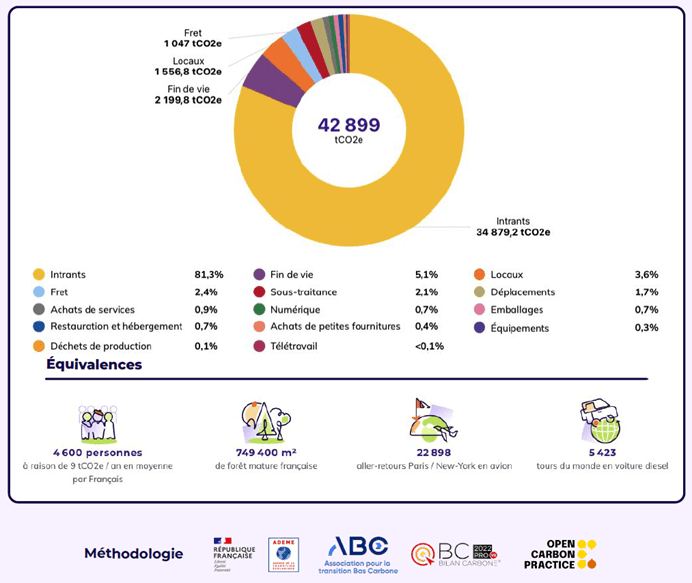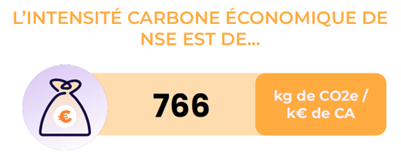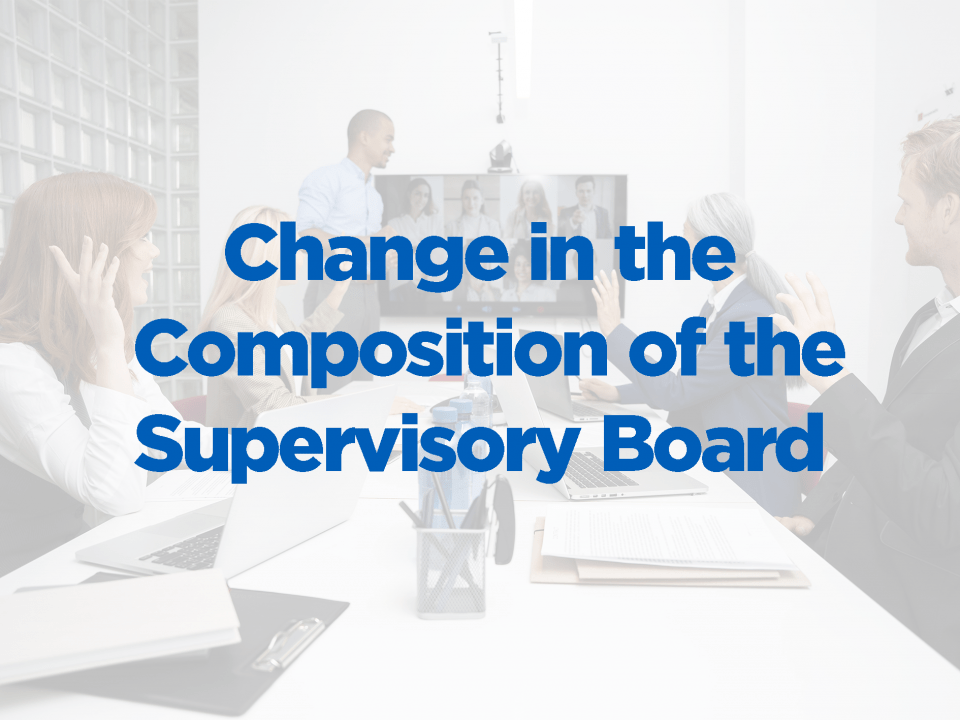NSE is committed to the ecological transition: Carbon accounting and action plan for a sustainable future
Environnement
As the challenges related to the energy and climate transition continue to grow, it has become imperative for all of us to take concrete steps to protect our environment. It is with this in mind that NSE has recently undertaken a significant approach in terms of sustainable development.
In partnership with ADEME and Bpifrance, NSE joined the Diag Décarbon’Action in 2022, in collaboration with a Carbon accounting Association. This initiative aims to support French companies in their ecological and energy transition. As part of this approach, we carried out our own Carbon Assessment, which allowed us to measure our greenhouse gas emissions for the year 2021, covering all scopes 1, 2 and part of scope 3.
This review has provided us with crucial information about our environmental impact, allowing us to identify areas where we have the most influence and opportunities to reduce our emissions. Based on these results, we have put in place an ambitious action plan to reduce our carbon footprint in the coming years, with clear targets to be achieved by 2026.


We are proud to share with you our approach and the results of our evaluation. The methodology used for our Carbon accounting is based on measuring all of the emissions physically necessary for our activity, covering all of our operations, from upstream to downstream. This process allows us to make informed decisions and act strategically to reduce our impact on the environment.
Commitment
At NSE, we are fully committed to this ecological and energy transition process, and we are determined to play an active role in the fight against climate change. We thank you for your continued support in this endeavor and look forward to keeping you informed of our future progress.
The Scopes designate the scope of GHG (greenhouse gas) emissions from the Carbon accounting, they are divided into 3 categories:
Scope 1
Direct GHG emissions, mainly due to the combustion of fossil fuels for heating or company vehicles.
Scope 2
Indirect emissions associated with the production of electricity and heat.
Scope 3
All other indirect emissions from your value chain (travel, purchases, waste, etc.). This Scope generally concentrates most of the emissions.

Economic intensity is the ratio of our CO2e emissions to our sales over the reference year.


5.7 tonnes of CO2e on average per full-time equivalent per year
Employee intensity is the ratio of employee-related emissions to average annual headcount. It therefore concerns only certain items, namely: travel, meals, IT products, office and teleworking. Average headcount is measured in full-time equivalents (FTE).




